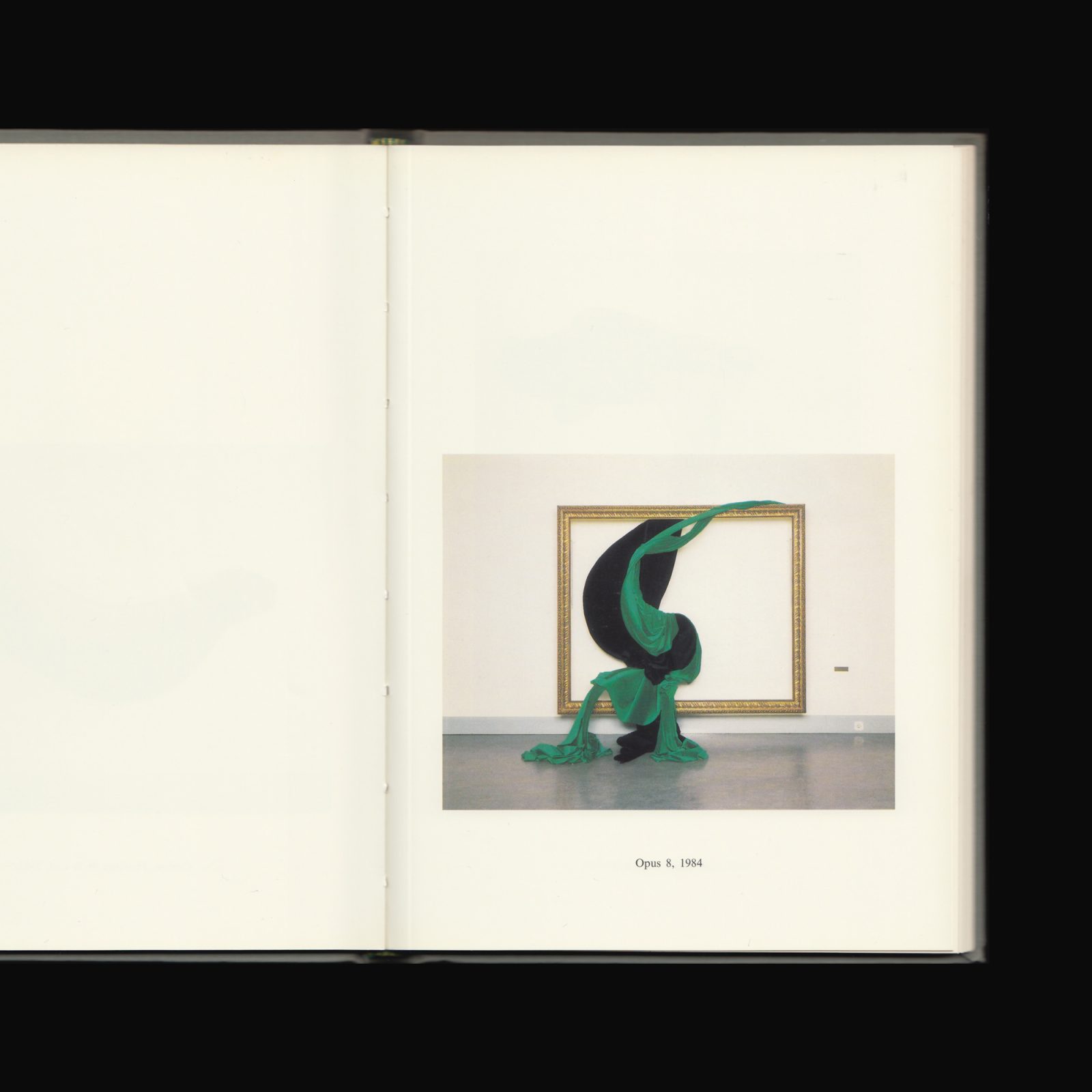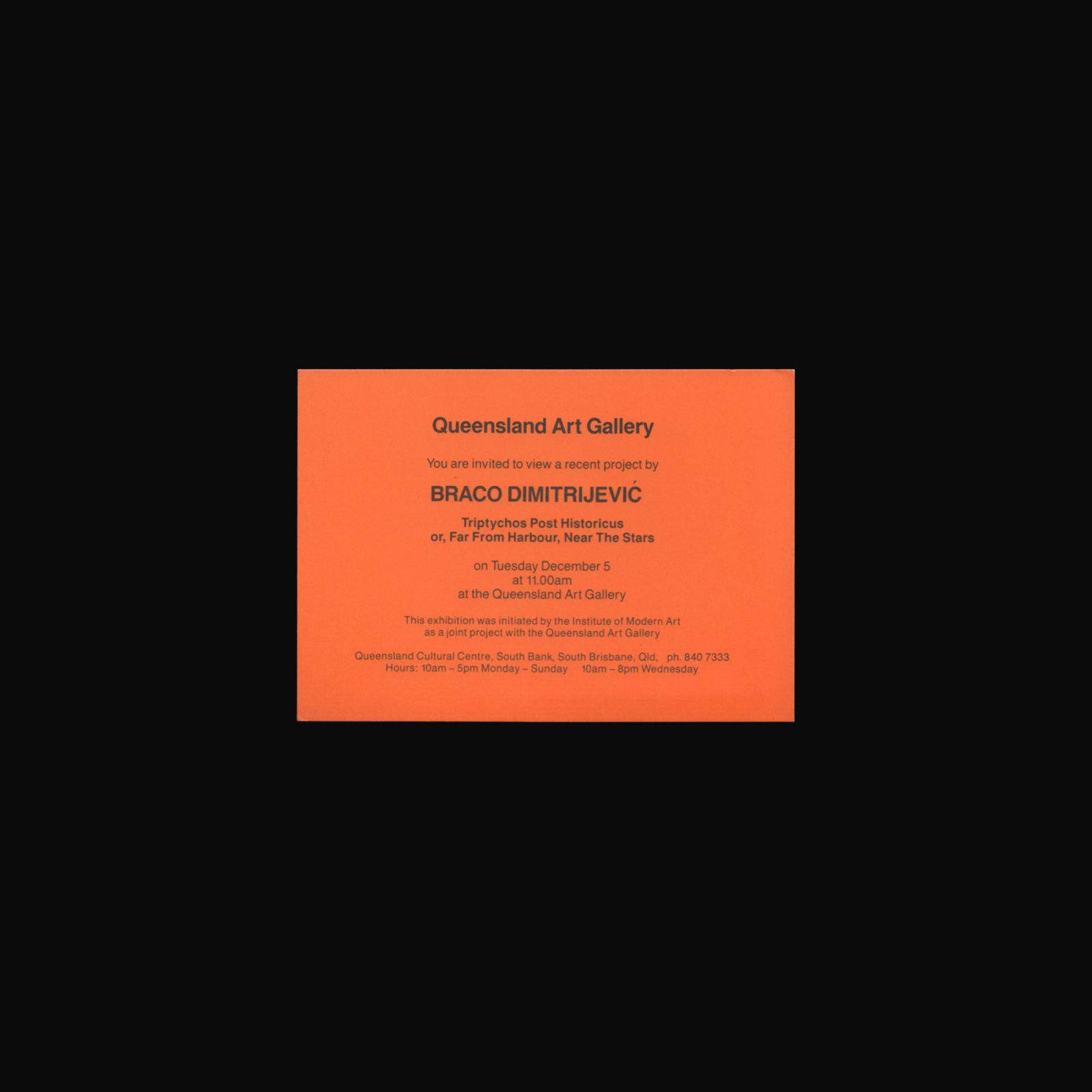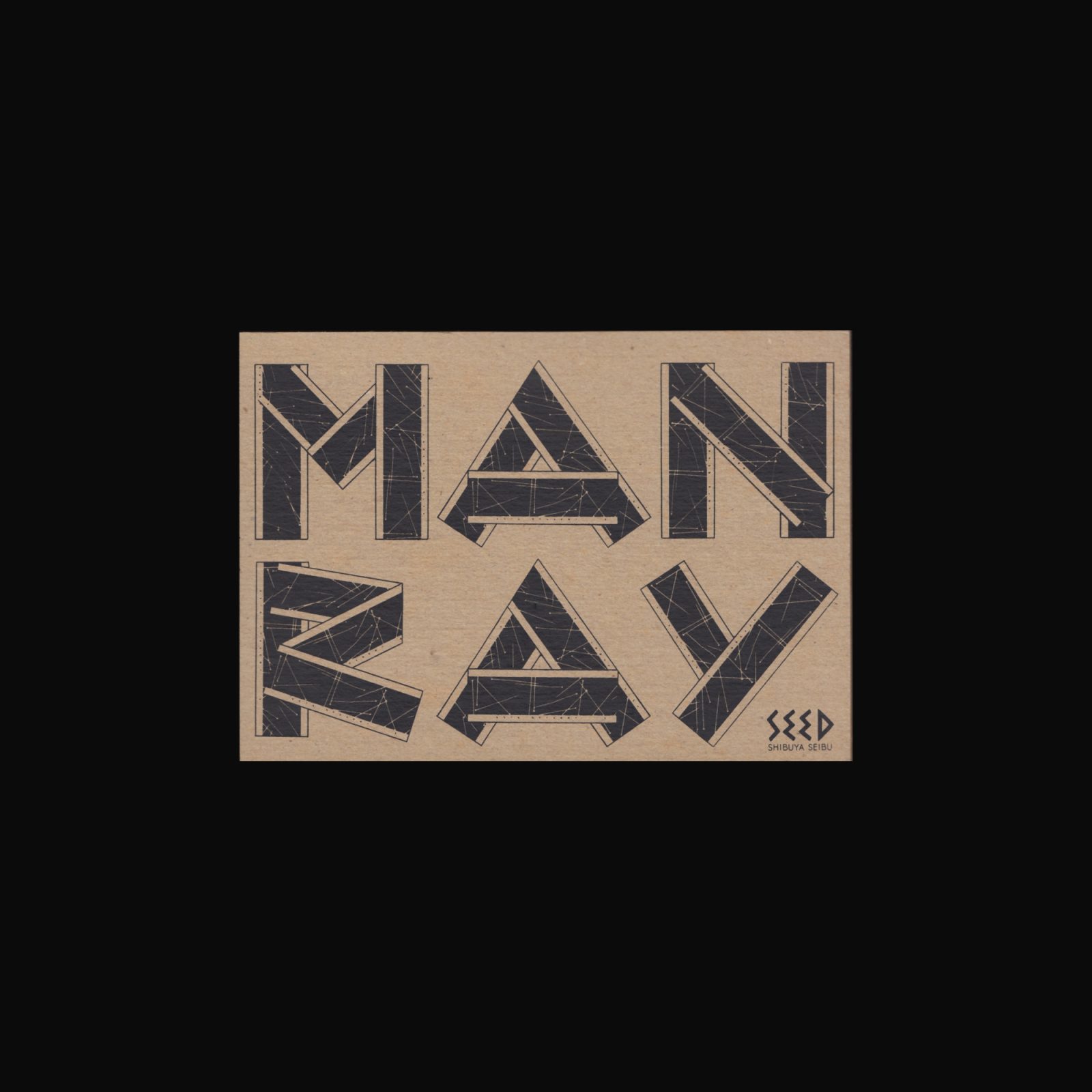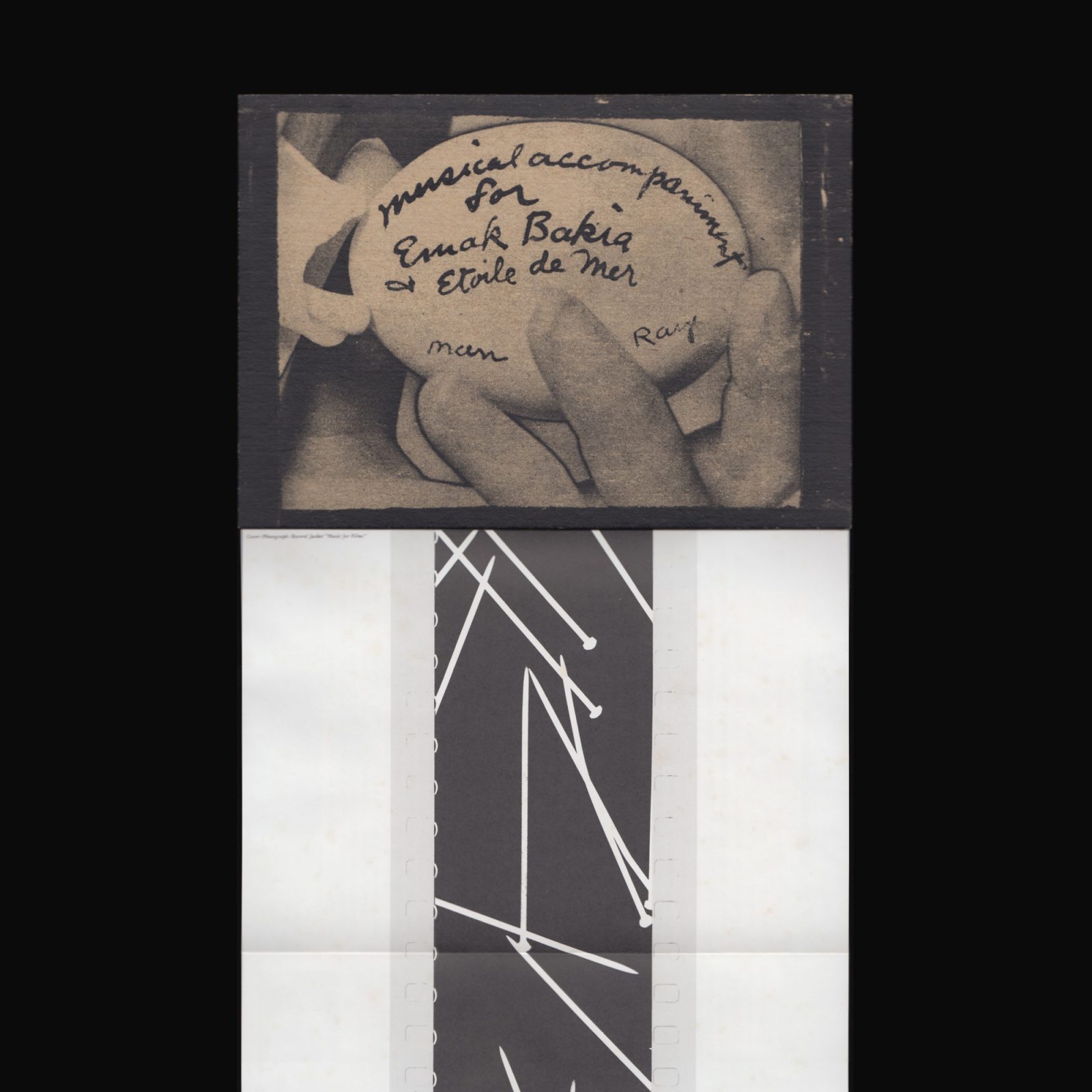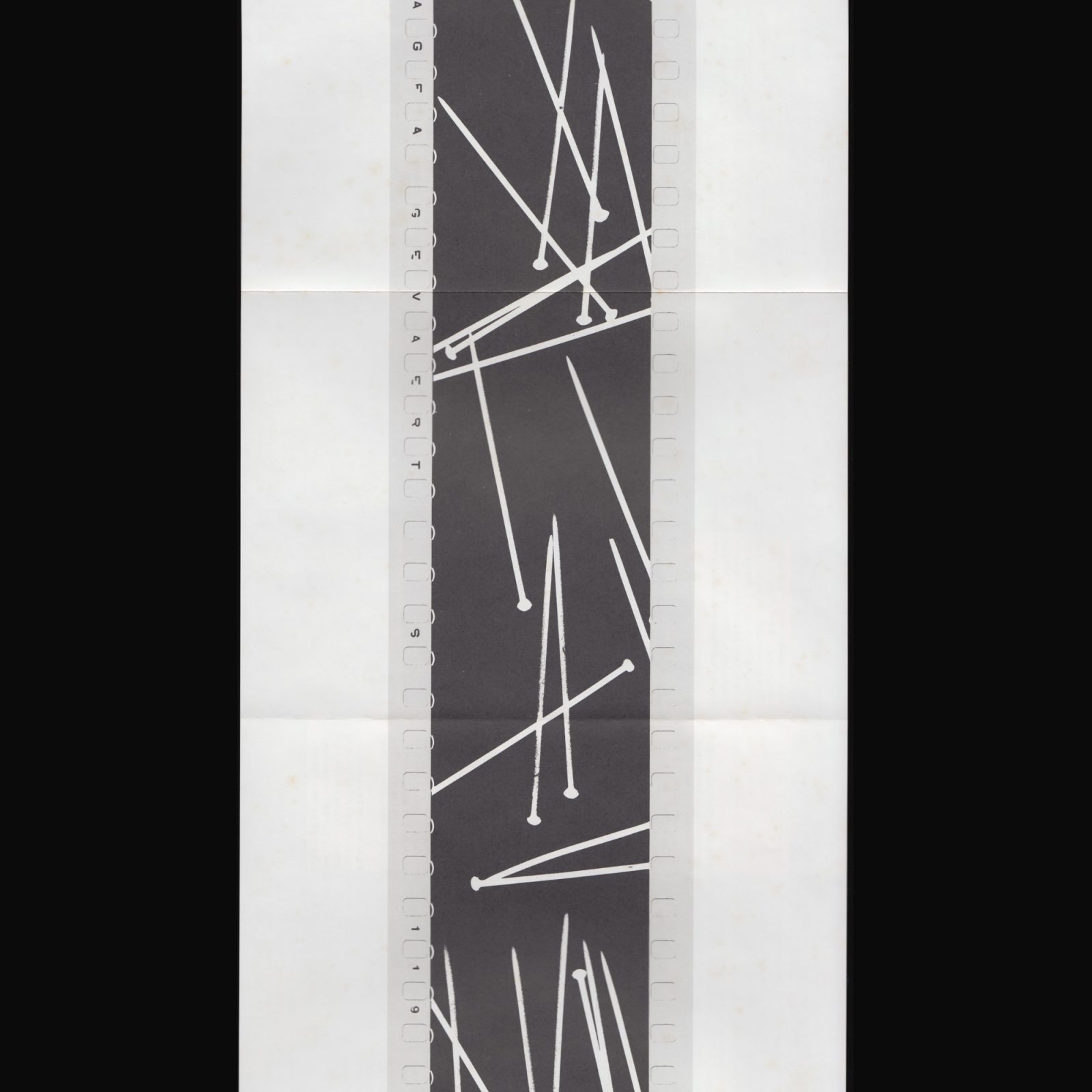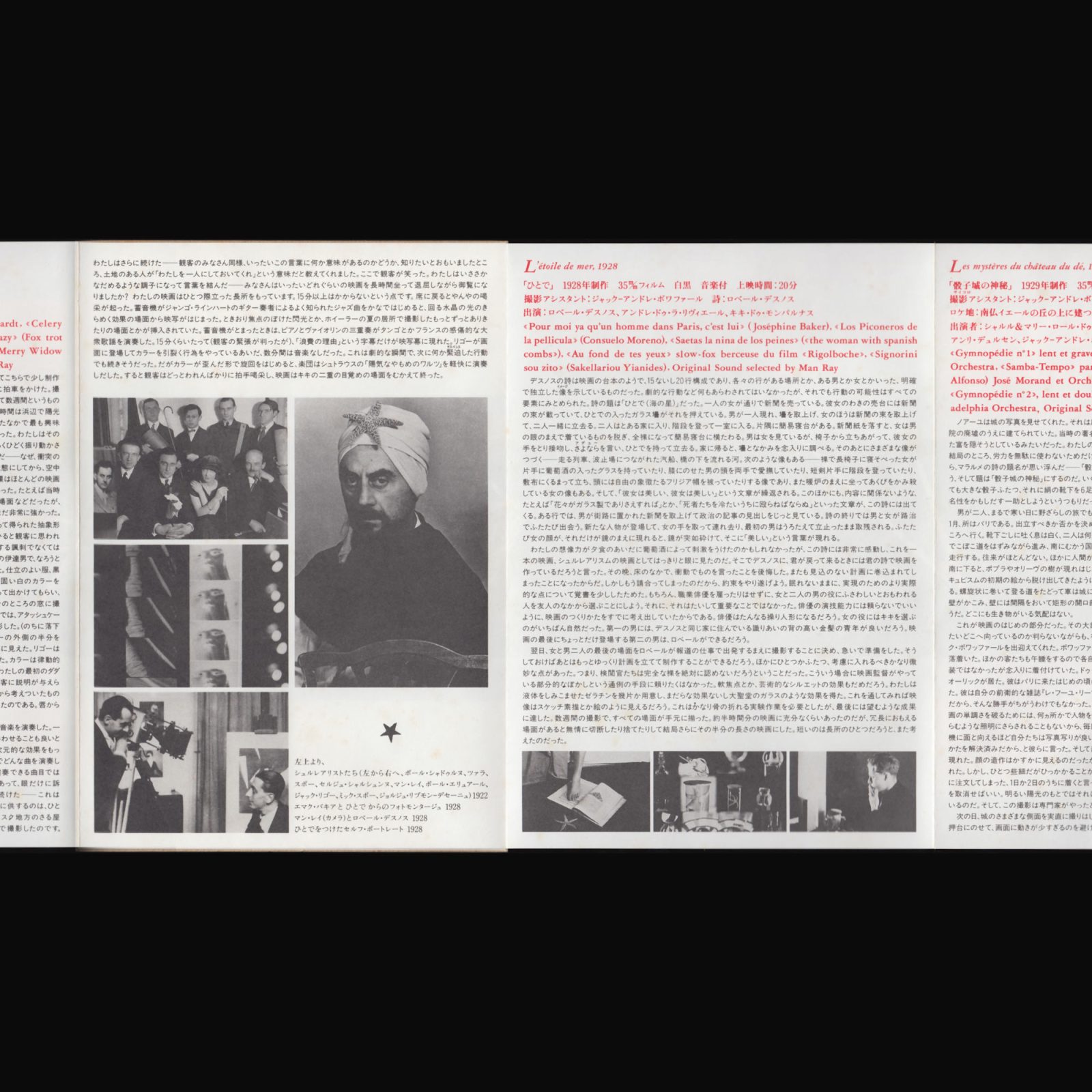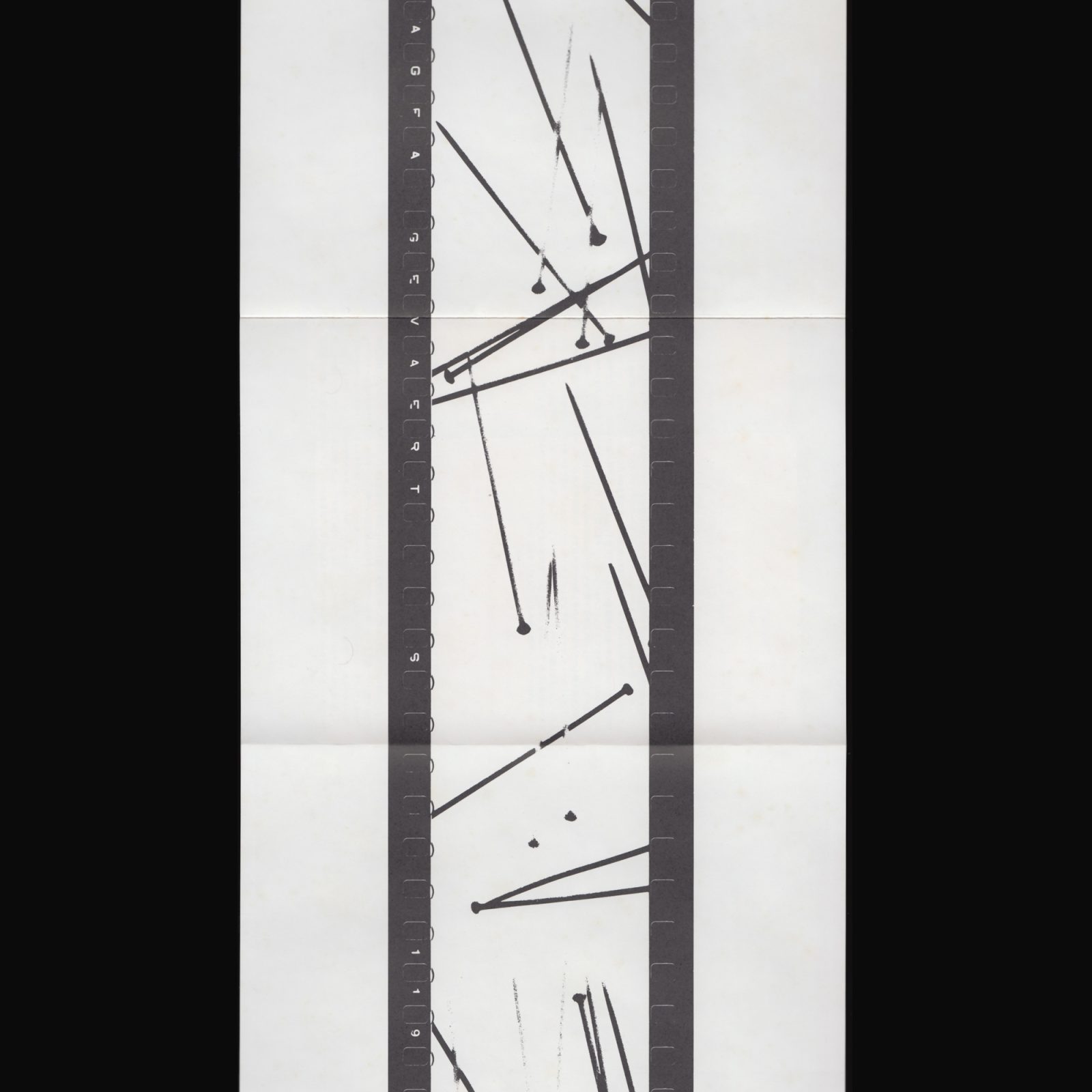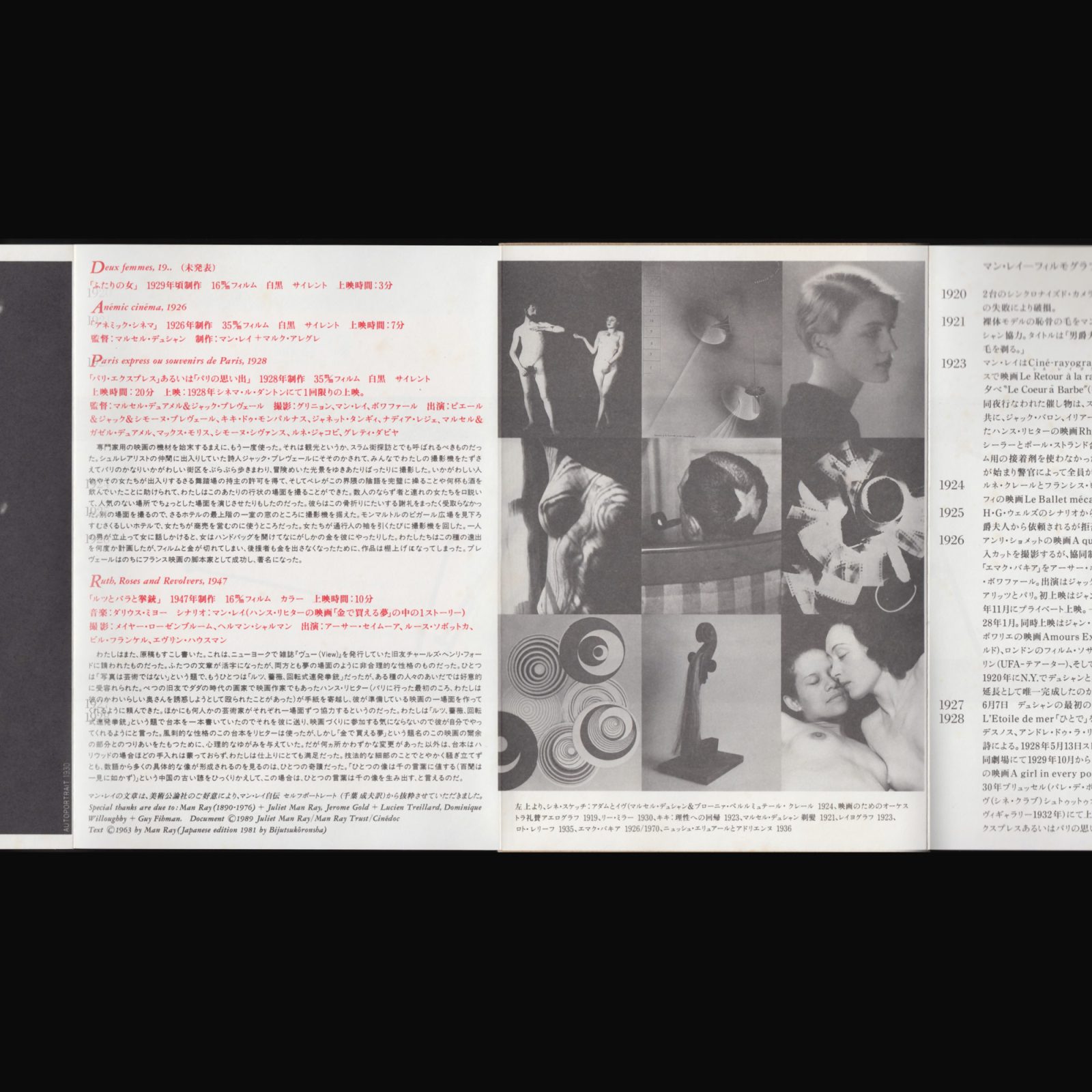Produced on the occasion of the exhibition Lili Dujourie at Bonner Kunstverein, 8 December, 1989–11 February, 1990; Centre National d’Art Contemporain–Magasin, Grenoble, 13 May–24 June, 1990 and daadgalerie, Berlin, September–October, 1990.
The work of Lili Dujourie provokes an astutely intellectual yet poetic engagement with the world around us through various mediums, from painting and sculpture, to photography, collage, video and installation. Dujourie operates at the intersection of minimalism and conceptualism, consistently and systematically challenging the subject position of the viewer through clever experimentation with material and form.








